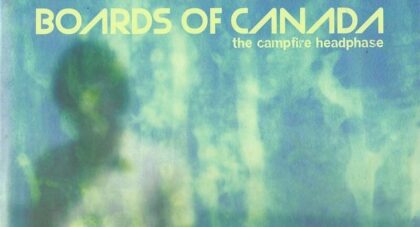Of the many improvisers to regularly share a stage with Jerry Garcia, almost none were women. A new archival release from 1973 brings attention to one of Garcia’s least known collaborators, Sarah Fulcher, who was far more than a back-up vocalist during her roughly half-year with Garcia and Merl Saunders’s unnamed club band. By turns mysterious, confusing, and divisive among Grateful Dead tape collectors, Fulcher was a jamming member of a jamming band. And while recordings don’t always capture her voice sympathetically, listened to with more modern ears, Sarah Fulcher is a fearless improviser . . .
Only the good shit. Aquarium Drunkard is powered by its patrons. Keep the servers humming and help us continue doing it by pledging your support.
To continue reading, become a member or log in.


